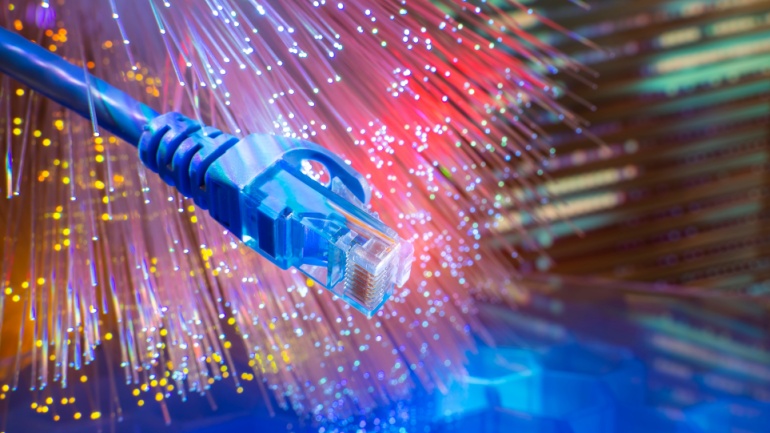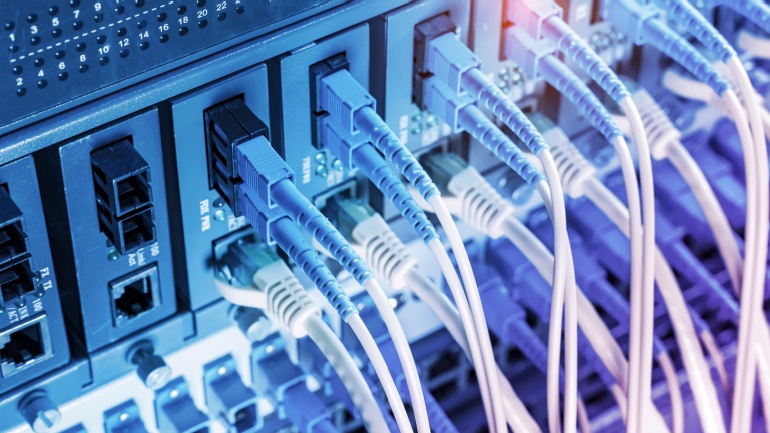Ogi has secured £45 million from the Cardiff Capital Region to expand its full-fibre network across South Wales. This investment will enhance connectivity in key areas, supporting economic growth and bridging the digital divide. The expansion aligns with broader UK efforts to improve digital infrastructure and boost regional development.
TalkTalk’s recent refinancing agreement, aimed at stabilizing its financial position, involves significant contributions from key shareholders pledging £170 million. The deal extends repayment deadlines for Revolving Credit Facilities and Senior Secured Notes to September 2027, giving TalkTalk more time to organize its finances and ensure long-term financial stability.
Marvell Technology is experiencing substantial growth in its data center AI segment, despite an overall revenue dip for the second quarter of fiscal 2025. The company reported net revenue of $1.273 billion and a significant reduction in net loss compared to the previous year. Driven by strong AI demand, Marvell’s data center business saw record revenue, setting the stage for robust growth opportunities.
The FCC has approved $9 billion in subsidies to boost 5G services in rural areas through the 5G Fund for Rural America. This initiative aims to bridge the digital divide by providing advanced mobile connectivity where it’s economically unviable.
Nokia has dismissed rumors about its mobile network business being acquired by Samsung. The Finnish telecom giant confirmed its dedication to the division, despite market speculation. This strategic asset is key for Nokia and its customers, especially with the expansion of 5G technology. Keep updated with Nokia’s innovative journey.
Dell Technologies has seen a significant surge in demand for AI-optimized servers, marking an 80% year-over-year rise to $3.1 billion in Q2. The broader trend of enterprises investing in AI capabilities is evident, with Dell experiencing substantial growth in AI server orders.
Telstra and Ericsson have launched a revolutionary RAN Compute platform, advancing Australia’s 5G landscape. The newly deployed Ericsson RAN Processor 6672 significantly boosts capacity and efficiency while reducing energy consumption by up to 60%. This innovative technology, powered by advanced AI, paves the way for enhanced mobile connectivity and future 5G advancements.
The Swansea Bay City Deal awarded VMO2 a contract to upgrade fibre infrastructure. The global smartphone market is expected to grow, driven by Android sales in China and emerging markets. Patton acquired Raymar Information Technology to continue supporting crucial legacy industrial technologies. EE has released age-specific smartphone usage guidelines.
Nvidia’s datacentre revenue soared 154% in Q2 2025, hitting $26.3 billion and driving a total quarterly revenue of $30 billion. CEO Jensen Huang credited the surge to the global shift towards accelerated computing, noting the significant role of Nvidia’s Hopper GPU in enabling advanced AI and large language models.
South Korea’s top mobile operators, SK Telecom, KT, and LG Uplus, are launching a unified Network Open API standard. This collaboration aims to lower development barriers, accelerating VoIP application creation. By standardizing APIs, they are aligning their telecom ecosystem with global standards and fostering digital innovation.













